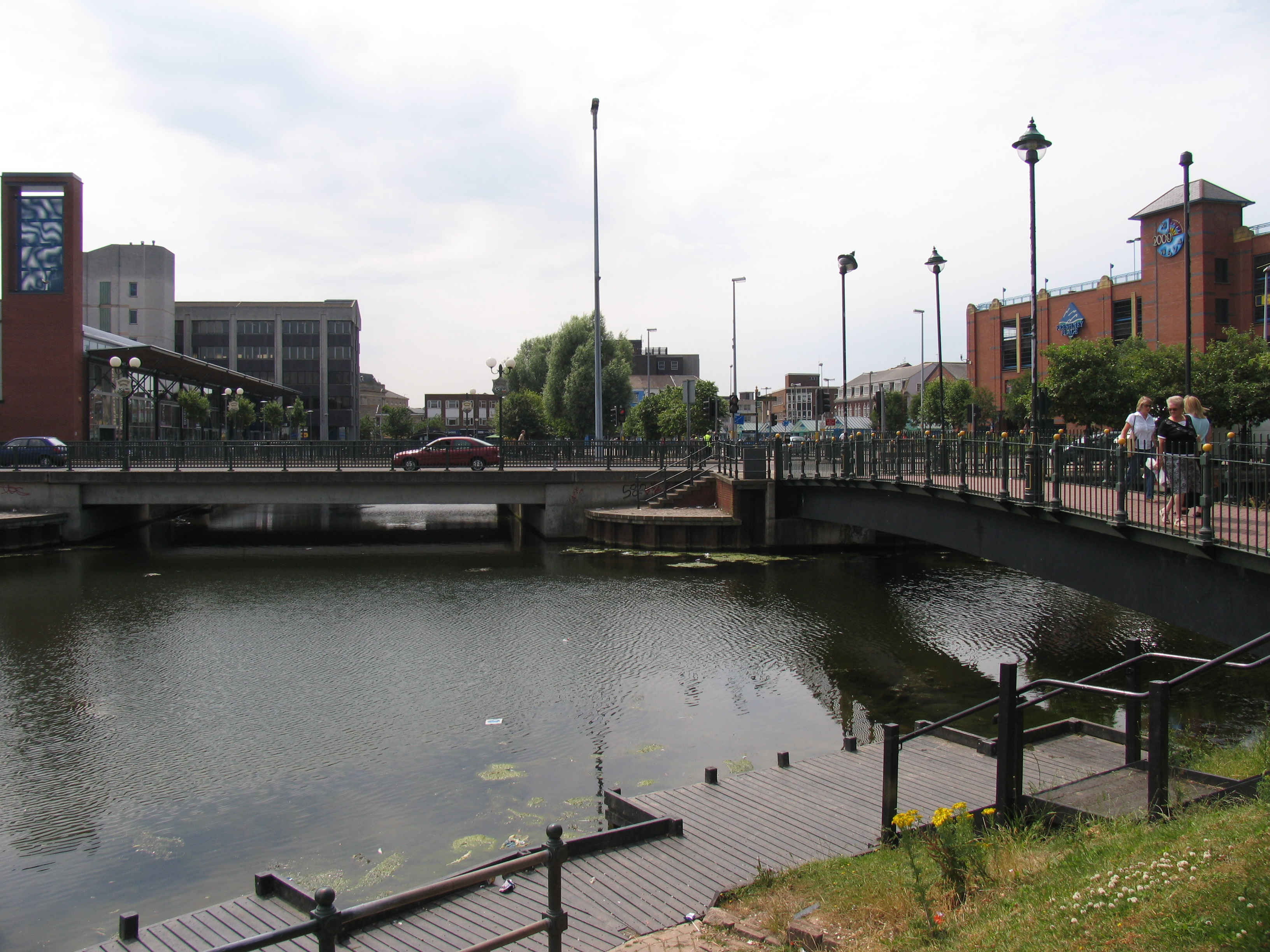Archaeologists will be arriving in Grimsby town centre this week to start exploratory work on land that may contain historic artefacts dating back to Anglo-Saxon times.
As previously reported, the area around the River Freshney basin will be transformed as part of a multi-million-pound scheme to revitalise the Haven area.
Prior to work starting however, the historical importance of the area requires the deployment of Lincoln-based PCAS Archaeology Ltd. Director Will Munford has already visited the site and his firm has experience in Grimsby, having worked at Cartergate and Victoria Street.
With work expected to take up to a month, Will and the team will dig in several areas, without disturbing the footbridge. While sectioned off for safety, passers-by will be able to view what is going on.
“We know from direct experience of our work that the archaeology in Grimsby can be significant and close to the surface. The Garth Lane site has the potential to reveal evidence of medieval activity ranging from occupation, industry and all sorts of activity that people undertook,” said Will.
“Of particular interest is the potential for evidence of the use of the wharfs and the history of the fishing fleet. We are interested in how the current land use developed by finding out what predated the existing river frontages and if there is evidence of earlier medieval wharfs. We can already see some preserved timbers on the frontage, and we hope to be able to link these to secure archaeological layers so that we can understand their significance,” he added.
As an inward point of the river, this area was known to be occupied by some of Grimsby’s earliest settlers and since then it has been pivotal in the town’s progression – it was where Collinson’s boatyard operated, and the Esther was constructed.
Legend also says it is the site where Grim, the founder of Grimsby, was said to have landed, after saving the infant Prince Havelock of Denmark from the sea.
The transformation of the area is part of the Great Grimsby Town Deal, funded through the Humber Local Enterprise Partnership (HLEP) and The Ministry of Housing, Communities and Local Government.
Copy and image from NELC.

About the author